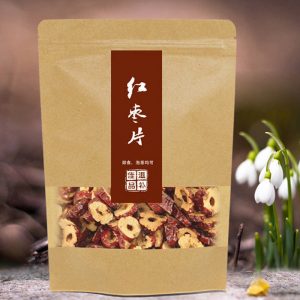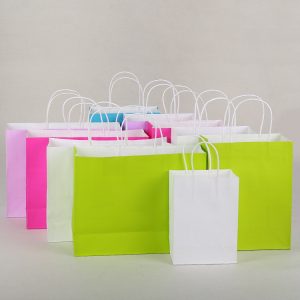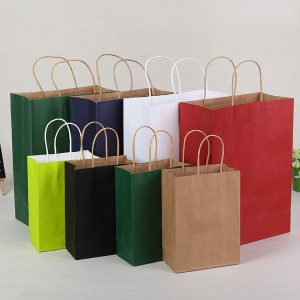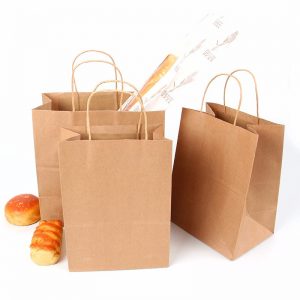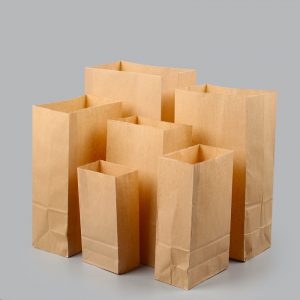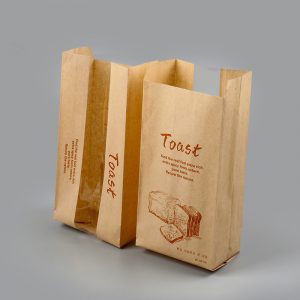Packaging products for storing coffee
Coffee packaging bags are packaging products for storing coffee
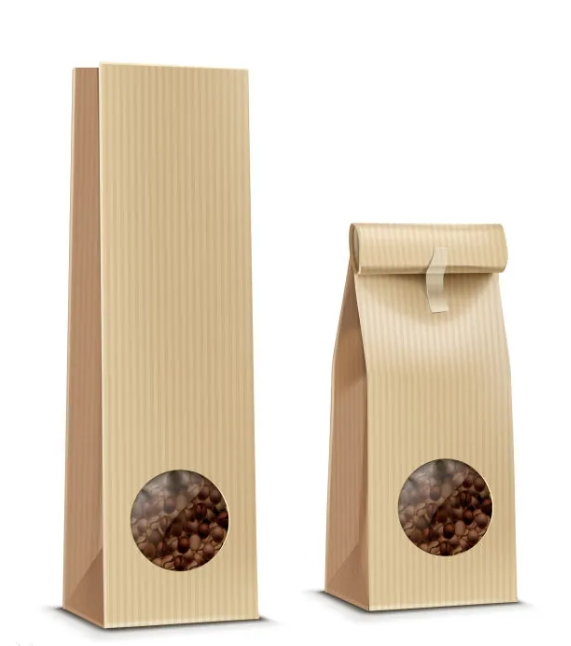
Baking coffee beans (powder) packaging is the most diverse form of coffee packaging. Due to the natural production of carbon dioxide after coffee beans are roasted, direct packaging can easily cause packaging damage. Prolonged exposure to air can also cause aroma loss and lead to the oxidation of oil and aromatic components in coffee, resulting in a decrease in quality. Therefore, the packaging of coffee beans (powder) is particularly important.
There are various types and materials of coffee packaging. Don't think that coffee packaging is just the colorful small bags you usually see, in fact, the world of coffee packaging is very exciting. Below is a brief introduction to coffee packaging knowledge.
According to the form of coffee supply, coffee packaging can be basically divided into three categories: raw bean export packaging, roasted coffee bean (powder) packaging, and instant coffee packaging.
Raw bean export packagingRaw beans are usually packaged in burlap bags. Different coffee producing countries around the world typically use burlap bags weighing 70 kilograms or 69 kilograms (only Hawaiian coffee is packaged in 100 pounds) when exporting coffee beans. In addition to printing the name of the country and its coffee organization, coffee production unit, and production area on coffee burlap bags, the most typical patterns of one's own country will also be printed on the burlap bags. These seemingly ordinary commodity burlap bags, in the eyes of coffee fans, have become a footnote to interpret the cultural background of coffee. Even becoming a collectible for many coffee enthusiasts, this type of packaging can be considered as the earliest packaging for coffee. Baking coffee beans (powder) packaging
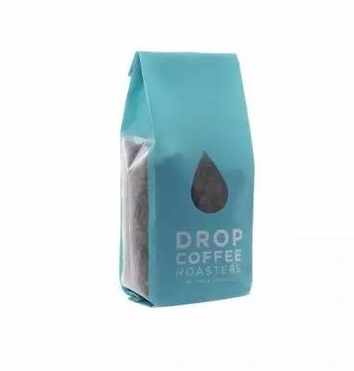 Generally divided into bagged and canned.
(1) Bagged:
Generally divided into bagged and canned.
(1) Bagged:
Bagged packaging is generally divided into non airtight packaging, vacuum packaging, one-way valve packaging, and pressurized packaging.
Non airtight packaging:Actually, it is a temporary packaging used only for short-term storage.
vacuum packing:The roasted coffee beans need to be left for a period of time before packaging to prevent damage from carbon dioxide. Such packaging can generally be stored for about 10 weeks. Unidirectional valve packaging:
Adding a one-way valve to the packaging bag allows for the removal of carbon dioxide but blocks the entry of external gases, ensuring that the coffee beans are not oxidized but not preventing the loss of aroma. This type of packaging can be stored for up to 6 months. Some coffee beans are also packaged with exhaust holes, which only have exhaust holes on the packaging bag without installing a one-way valve. This way, once the carbon dioxide produced by the coffee beans is released, the outside air will enter the bag, causing oxidation and greatly reducing its storage time.
Pressure packaging:After roasting, coffee beans are quickly vacuum packed and sealed with inert gas. This type of packaging ensures that the coffee beans are not oxidized, the aroma is not lost, and the packaging has sufficient strength to prevent damage from air pressure. It can be stored for up to two years.
(2) Canned:
Canned products are usually made of metal or glass, both with plastic lids for easy sealing.
Instant coffee packaging
Instant coffee packaging is relatively simple, usually using sealed small packaging bags, mainly in long strips, and also comes with an outer packaging box. Of course, there are also some in the market that use canned instant coffee for supply.






